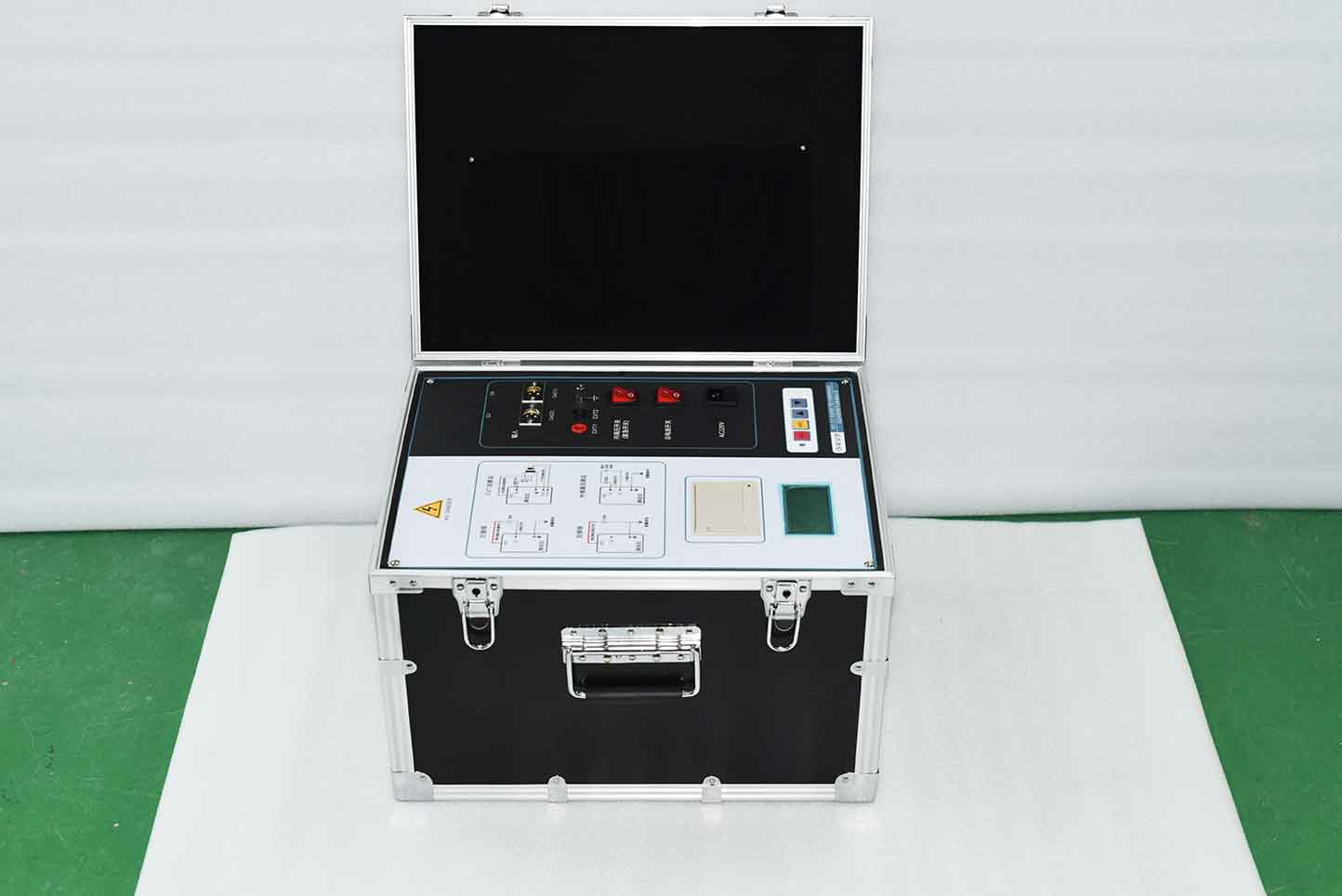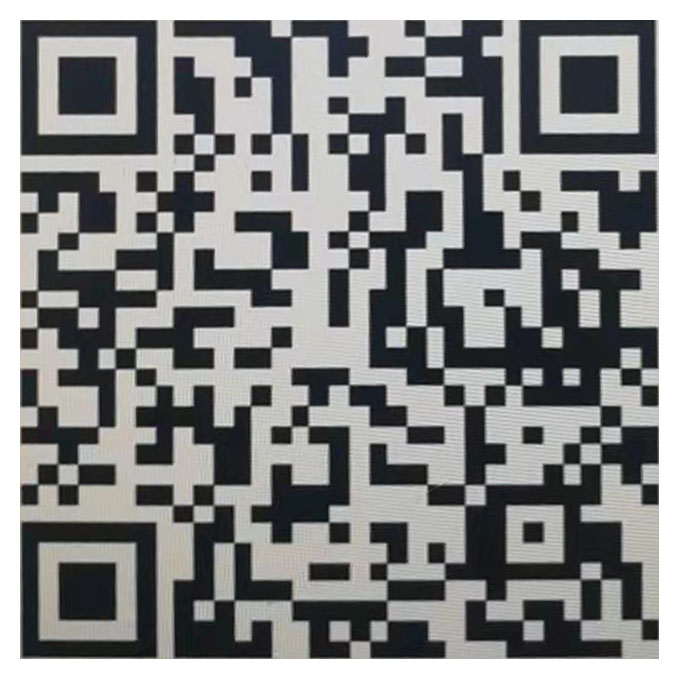The anti-interference dielectric loss tester is an important tool used in power systems to measure the dielectric loss tangent (tg δ) and capacitance (Cx) of high-voltage electrical equipment. To ensure the accuracy of measurement results and the safety of operators, the following precautions should be taken when using:
1. Safety operation standards
① Grounding protection
The instrument must be reliably grounded, and the grounding point should be free of impurities such as paint and rust, ensuring zero resistance grounding to prevent leakage or high voltage breakdown.
The casing and non test end of the tested equipment should also be reliably grounded to avoid injury caused by induced voltage.
② High voltage warning
During the testing process, the instrument outputs high voltage, and the operator needs to maintain a safe distance from the high voltage output end to avoid direct contact.
Confirm that personnel have evacuated the testing area and set up warning signs before applying pressure.
③ Overload protection
It is strictly prohibited to exceed the rated voltage or current of the instrument for testing, in order to avoid damaging the equipment or causing safety accidents.
2. Environmental requirements
① Temperature and humidity control
It is recommended to control the relative humidity of the testing environment between 60% and 70% to avoid abnormal dielectric loss values caused by high humidity.
The temperature should be stable within the working range of the instrument (usually -10 ℃~50 ℃) to avoid temperature fluctuations affecting measurement accuracy.
② Electromagnetic interference protection
Stay away from strong electromagnetic sources (such as transformers and high-voltage switchgear), and if necessary, use frequency conversion anti-interference mode or shielding measures.
The test line should use shielded wire and avoid parallel laying with power and signal lines.
3. Operating standards
① Correct wiring
Strictly follow the instructions for wiring, ensuring that the high-voltage output terminal (HV) is connected to the high-voltage end of the tested equipment, and the measuring terminal (Cx) is connected to the low-voltage end of the tested equipment.
When using standard capacitors, their low voltage end should be grounded to avoid floating potential.
② Pre inspection and calibration
Before testing, verify the accuracy of the instrument using standard capacitors or test samples with known dielectric loss values to ensure that the instrument is in normal condition.
Check if the test line is intact and if the plug is in good contact to avoid data fluctuations caused by poor contact.
③ Mode selection
Select the correct measurement mode based on the type of device being tested (such as positive wiring, reverse wiring, CVT mode) to avoid mode errors that may result in biased results.
4. Precautions during the testing process
① Boost control
The pressurization process should be slow and smooth to avoid sudden voltage changes that may damage the equipment or affect measurement stability.
After reaching the test voltage, wait for the data to stabilize before recording the results, usually taking 1-2 minutes.
② Data recording
Take the average of multiple measurements to reduce random errors.
Record parameters such as environmental temperature and humidity, test voltage, and model of the tested equipment for easy analysis of results.
5. Maintenance and upkeep
① Regular cleaning
Wipe the instrument casing and display screen with a dry soft cloth to avoid dust or stains affecting operation.
② Storage conditions
When the instrument is not used for a long time, it should be stored in a dry, ventilated, and non corrosive gas environment to avoid moisture or aging.
③ Regular calibration
It is recommended to have professional institutions calibrate the instruments annually to ensure measurement accuracy.
6. Exception handling
① Data abnormality
If the test results are abnormal (such as excessive or insufficient dielectric loss), check whether the wiring is correct, whether the environment is severely disturbed, and whether the tested equipment is damp.
② Instrument malfunction
If the instrument gives an alarm or cannot work properly, the test should be stopped immediately, and professional maintenance personnel should be contacted for repair. It is strictly prohibited to disassemble it by oneself.
summarize
The use of anti-interference dielectric loss tester must strictly comply with safety regulations, environmental requirements, and operating procedures. By proper wiring, environmental control, standardized operation, and regular maintenance, the accuracy of measurement results and the long-term stability of the instrument can be ensured. Operators should be familiar with the performance and precautions of the instrument to avoid equipment damage or safety accidents caused by misoperation.

Kvtester Electronics Technology Co.,Ltd. is a high-tech enterprise specializing in power testing, testing, research and development, production, and sales of testing equipment. It has been engaged in the electrical testing industry for many years, and its products are of high quality. We welcome customers to come and purchase. Service hotline: 0086-27-81778799, to learn more, visit the official website: www.kvtester.com





